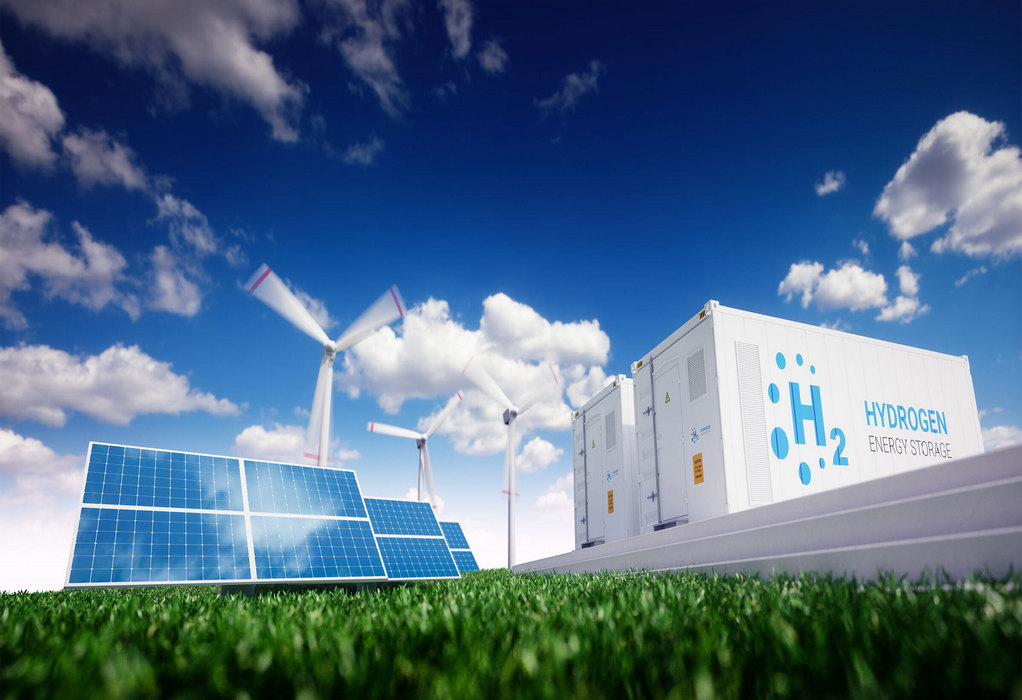The Greenko group is building the world’s largest pumped hydro storage facility with a capacity of 1,680 MW near Kurnool, Andhra Pradesh. The company plans three more such facilities in the next three years. Two of these will be roughly of the same size and the third one-and-half times as big. Together, these will have a storage capacity of 50 GWhr.
The Kurnool plant is expected to be commissioned by December 2023. A third of the power will be supplied to Greenko’s green hydrogen and green ammonia facility coming up at the port city of Kakinada, from where the green ammonia will be exported.
Greenko will invest $6 billion into this business, the Chief Operating Officer of Greenko ZeroC Pvt Ltd, Gautam Reddy told at the India Energy Week held in Bengaluru. In the same event, B C Tripathi, who is a Senior Advisor at Greenko, said that the group would produce 3 million tons per year of green hydrogen.
Incidentally, Greenko has entered into a MoU with Germany’s Uniper, under which it would supply 250,000 tons a year of green ammonia to the German company.
The pumped storage facility coming up at the Pinnapuram village of the Kurnool district, is the world’s biggest. It is completely “off-stream”, which means it is a closed loop, where water moves from lower reservoir to the upper and back, as required. The electricity for pumping the water to the upper reservoir comes from Greenko’s 1,000 MW of solar and 550 MW of wind plants.
The facility can supply peak-time electricity for 6 hours. A part of the power has been contracted to be sold at a tariff of ₹4.23 a kWhr—cheaper than the price of electricity from new coal projects, Reddy said, adding that the company had brought in many innovations in the design of the project.
He said that electricity from a pumped storage of this scale would be 60-65 per cent cheaper than a grid-scale battery storage.
Also, pumped storage will be the “true carbon-free” renewable energy, because wind and solar still need coal power to balance their intermittency on the grid, Reddy said.
Assuming that the electricity that would go into Greenko’s electrolysers that manufacture green hydrogen is also priced at ₹4.23 a kWhr, Reddy said that the company would be able to produce green hydrogen at the same price as the grey hydrogen produced from LNG that is imported at the current prices of around $15 a MMBTU.
Greenko, which has 7.5 GW of renewable energy capacity, is now onto a “strategic diversification” into storage and is moving from ‘green electrons’ (renewable energy) to ‘green molecules’ (hydrogen and ammonia).
Greenko has also set up a joint venture with John Cockreill of Belgium for building a 1 GW alkaline electrolyser plant.
Tags: Green Ammonia, Green Hydrogen, Greenko



Recent Posts
Port of Brisbane Unveils Vision 2060 to Drive Smarter, Cleaner, and More Connected Future
Wärtsilä to Deliver Hybrid Propulsion Systems for Vertom Group’s New Low-Emission Vessels
Latvian port receives electric Konecranes Gottwald Mobile Harbor Crane
Sustainable Ocean Economy Vital for Human Development, Says UNDP at UN Ocean Conference
Green Hydrogen Costs in India Could Drop by 40%, Says IEEFA-JMK Report
Cavotec Secures €1.55 Million Shore Power Contract for Port of Antwerp-Bruges
APM Terminals and SANY Marine sign landmark agreement to accelerate decarbonisation
The Port of Gothenburg takes big step towards shore power connection for container and car/RoRo vessels